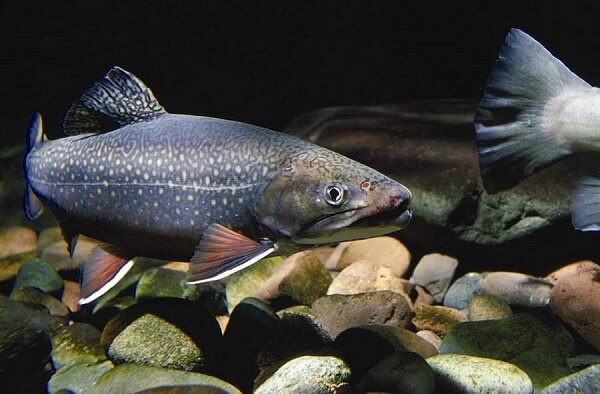 Literary Devices
Literary Devices
Literary Devices
Literary Devices

 Literary Devices
Literary Devices
Literary Devices
Literary Devices

Study the poem for one week.
Over the week:
Poets often use literary devices, defined as 'rules of thumb, convention, or structure that are employed in literature and storytelling.'
The nine literary devices we'll study include:
Alliteration is defined as the 'repetition of consonant sounds at the beginning of two or more words in a row, or at short intervals.'


Activity 1: Recite Poem Information
Recite the title of the poem and the name of the poet.
Activity 2: Study the Poem Picture
Study the poem picture and describe how it relates to the poem.

Activity 3: Recite the Poem
Practice reciting the poem aloud.
Activity 4: Study a Tongue Twister
Recite aloud the tongue twister.
Identify instances of first 's' and then 'sh' alliteration.'
Activity 5: Identify the Rhyme Scheme
Review the poem excerpt and identify its rhyming scheme.
Activity 6: Identify Alliteration
Review the poem excerpt. Point out the instances of alliteration.
Activity 7: Complete Book Activities
